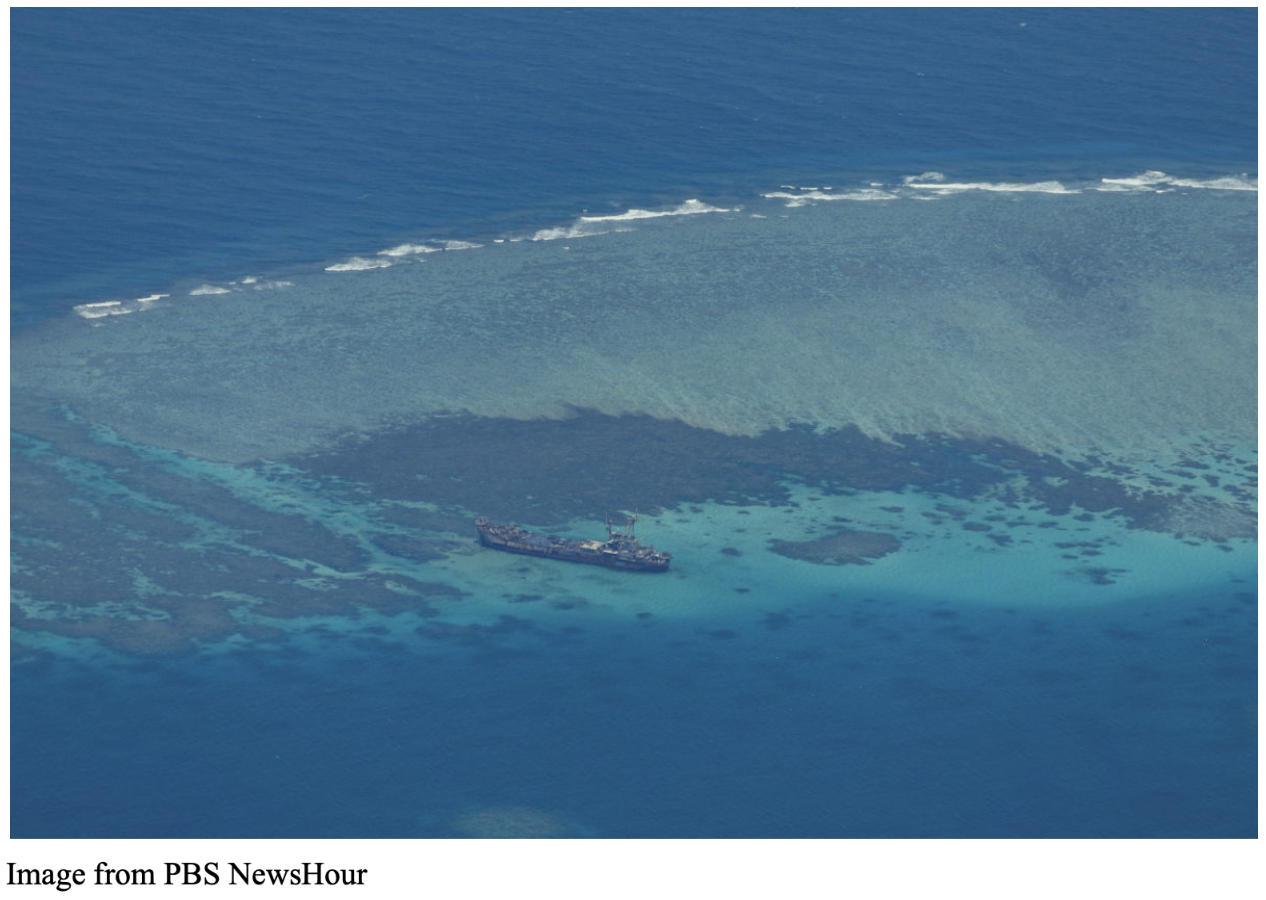It’s common knowledge that the South China Sea is a highly contested region that has been the subject of territorial disputes between various nations. But most recently there have been some subtle occurrences in this part of the world that have merited concern. The South China Sea conflict involves several countries, including the Philippines, China, and the United States, and revolves around territorial claims, control of natural resources, and strategic naval routes.
In summary, China claims a large area in the South China Sea far outside what it is entitled to under the United Nations Convention on the Law of the Sea. Overlapping claims of the region by the Philippines and China have resulted in territorial disputes and subsequent efforts to reinforce those claims through extra-legal means. China has been building artificial islands and military bases in the controversial waters to assert its claims, actions which have alarmed the Philippines and other countries in the region. China’s behavior has also caught the attention of the United States.
The United States has been involved in the conflict primarily through its military presence in the region and its support for the Philippines, considering the allyship between the two countries; however, some speculate the support has more to do with the United States’ own relationship with China, instead of its friendliness with the Philippines. To that end, the U.S. has conducted freedom of navigation operations in the South China Sea to challenge China’s territorial claims.
The conflict has escalated recently, with China becoming increasingly assertive in its claims to the disputed territories. The Philippines has sought international arbitration to resolve the dispute, but China has refused to recognize even the United Nations tribunal jurisdiction.
Most recently, the United States and the Philippines have fired on a mock enemy warship as an exhibition of American military strength. Through April 28th, the Philippines’ President Ferdinand Marcon Jr. watched the entire proceedings live. The demonstration involved over 17,600 military personnel and is among the largest-scale exercises yet.
The U.S. Marine Corps Forces commander made a statement: “This training increased the exercise’s realism and complexity, a key priority shared between the Armed Forces of the Philippines and the U.S. military.”
This escalation piggybacks on the incident just over a week ago in which a Chinese coast guard ship implicitly blocked a Philippine vessel, which nearly caused a collision. This act was a clear violation of the Freedom of Navigation Patrol and another escalation on behalf of the Chinese government.
Through this, it remains clear that both the United States and the Philippines are willing to uphold the 1951 U.S. Philippines Mutual Defense Treaty; but as Chinese forces work to maintain their claims, the world is concerned if war might be on their doorstep.
Bibliography:
Gomez, Jim. “Chinese Coast Guard Ship Blocks Philippine Patrol Vessel in New Stand-Off.” PBS NewsHour, 27 Apr. 2023, www.pbs.org/newshour/world/chinese-coast-guard-ship-blocks-philippine-patrol-vessel-in-new-stand-off#:~:text=ABOARD%20BRP%20MALABRIGO%20(AP)%20%E2%80%94. Accessed 29 Apr. 2023.
Lendon, Brad. “US and Philippine Forces Fire on Mock Enemy Warship in South China Sea Military Exercise.” CNN, 26 Apr. 2023, edition.cnn.com/2023/04/26/asia/us-philippines-balikatan-military-exercises-intl-hnk-ml/index.html. Accessed 29 Apr. 2023.
US Department of State, Office of the Spokesperson. “U.S. Support for the Philippines in the South China Sea – United States Department of State.” United States Department of State, 29 Apr. 2023, www.state.gov/u-s-support-for-the-philippines-in-the-south-china-sea-4/. Accessed 29 Apr. 2023.

